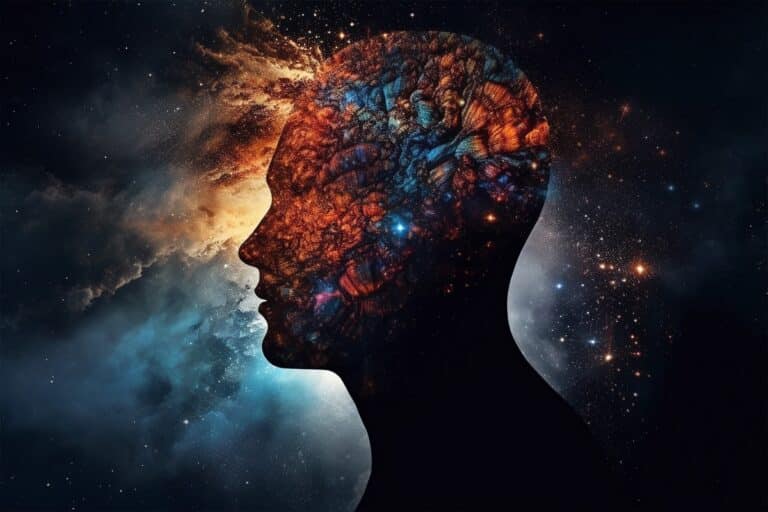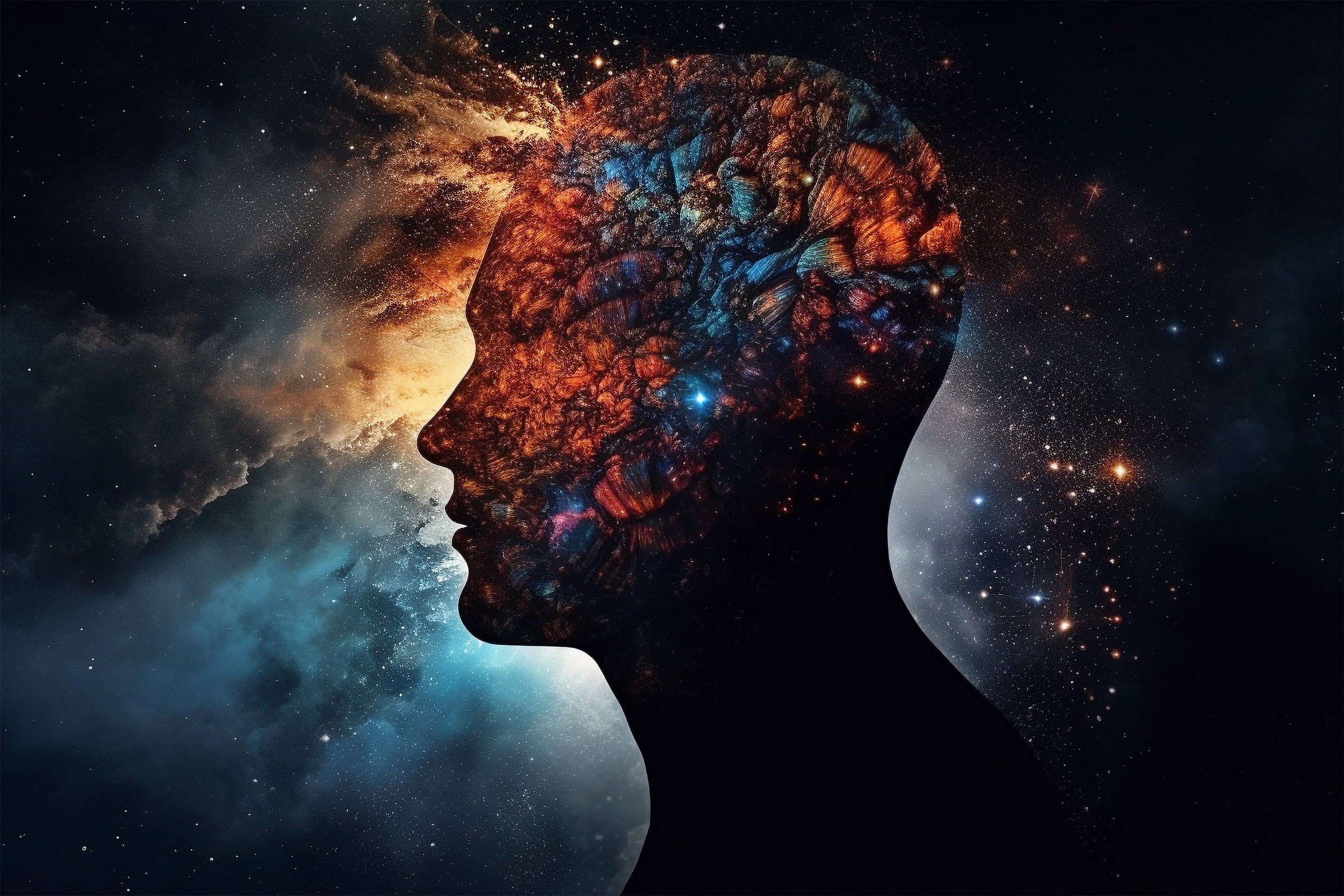Mit seiner Fähigkeit, neue Inhalte zu erstellen und bereits vorhandenes Material kreativ aufzubereiten, revolutioniert generative KI die Landschaft in zahlreichen Branchen in außergewöhnlichem Tempo. Dieser Bereich der künstlichen Intelligenz hat die Vorstellungskraft von Programmierern, Künstlern und Unternehmen gleichermaßen ergriffen – mit dem Ziel, atemberaubende Grafiken und realistische natürliche Sprache für Videospiele und die Unterhaltungsindustrie zu erzeugen. Aber was genau macht generative KI so besonders? Um das zu verstehen, müssen wir einen Blick auf ihre Grundprinzipien, die dahinterstehenden Techniken und die breite Palette von Anwendungen werfen, die sie ermöglicht.
Das Wesen der Generativen KI
Generative KI ist der Zweig der künstlichen Intelligenz (KI), der neue Datenpunkte erzeugt, anstatt bestehende Daten nur zu analysieren und zu klassifizieren. Generative Modelle lernen während der Trainingsphase, Datenmuster zu erkennen und darauf basierend neue Inhalte zu erstellen – im Gegensatz zu herkömmlichen KI-Modellen, die lediglich Muster erkennen oder Vorhersagen treffen. Sie können damit Texte, Bilder, Musik, Videos und sogar dreidimensionale Objekte generieren.
Das Geheimnis liegt in der Fähigkeit, Informationen zu kodieren und zu dekodieren. Generative KI-Modelle werden mit großen Mengen an Daten (Text, Bilder oder Videos) trainiert, erkennen dabei komplexe Zusammenhänge und Strukturen und erzeugen anschließend neues Material, das diesen Mustern entspricht. Dieser Prozess ist ein zentrales Element des Deep Learnings und basiert auf drei wesentlichen Techniken: Variational Autoencoders (VAEs) und ihrem neueren Verwandten, den Generative Adversarial Networks (GANs), die es Maschinen ermöglichen, realistische Inhalte zu generieren.
Generative AI 101: Core Techniques
Machine Learning and Its Training Data
Generative AI is powered by machine learning models trained on enormous datasets. These datasets form the basis of knowledge on which the AI draws to produce new content. For example, an AI trained on hundreds of millions of images learns the features that underlie those images — shapes, colors, textures, etc. Just like a model that is trained on text data understands the rules of grammar, syntax and context. The training data quality and diversity are critical to determining what kind of output the AI generates.
Generative Models
Generative models lie at the core of generative AI. They include:
Variational Autoencoders (VAEs): VAEs encode input data into a latent space (a compact representation) before decoding it to reconstruct the data. This encoding-decoding technique means that new variants can also be produced from the data in question, whether being a new image or the amalgam of various previous images.
GANs: Generative Adversarial Networks are a type of deep neural network consisting of two networks, the generator and the discriminator. The generator generates new content the discriminator evaluates the authenticity of. The generator generates non-existent or fake data and the discriminator realizes if the data generated is real or non-existent, this is repeated until the generator produces is good enough to be real.
Diffusion Models: These models work by initializing a random noise and progressively denoising it until close to realistic results. Recently they became popular because of its ability to generate high quality images.
Learning to Generate
The differentiator in generative AI is its ability to learn the intricacies of the data it ingests. A model that’s meant to produce text, for instance, learns how combinations of words create intelligible sentences. In similar fashion, an image generator learns to reproduce complex particulars like light, shadow and texture. The AI doesn’t simply reproduce data already available, instead mixing learned patterns to create novel, and often unexpected, results.
Generative AI Applied – Uniquely
GenAI can do so many things in so many different areas, an almost unique support for a human being. Let’s take a look at some interesting use cases:
Image Generators
Generative AI is most commonly used to generate images. Image generators can produce paintings and photorealistic images, even 3D scenes, from text descriptions. Tools like DALL-E and MidJourney use advanced generative AI models to create stunning images from text-image prompts. This has transformed fields like advertising, entertainment and design by making it possible to rapidly produce tailor-made visual content.
NLP (Natural Language Processing)
Generative AI is transforming natural language processing, allowing computers to produce coherent and context-aware text. Chatbots, automated journalism and creative writing tools use models like OpenAI’s GPT to generate text that resembles human writing. This enables NLP-powered generative AI to work incredibly well in applications such as real-time communication and customer service, where understanding and responding to complex language inputs are functional necessities.
First of all has to be Creative Content for Video Games.
In gaming, generative AI fuels creativity by creating unique content like procedural world-building, characters, and narratives. AI-generated terrains or procedurally designed stages enable developers to produce engaging and varied experiences. Generative AI can also modify games on the fly to respond to player actions and create personalized experiences.
Generative AI Applications in Entertainment
Generative AI applications also span into the entertainment industry, generating music, scripts and visual effects. AI-generated work has appeared in movies, ads and social media campaigns. This technology is all the more powerful and useful for content creators when it automates or even innovates the creative processes.
Scientific & Industrial Applications
Generative AI is a cornerstone of modern scientific research, helping to facilitate drug discovery, materials design, and architectural planning, among other tasks. As an instance, by training on existing compounds, generative models can suggest new molecular configurations. In production, it assists in designing and developing prototypes.
The Sorcery Behind the Door: How Generative AI learns
Encode and Decode
The encoding-decoding mechanism is key in generative AI. For example, Variational Autoencoders (VAEs) process input, compressing it into a latent representation before decoding it back into the original input, or generating new (similar) output. This compression enables the AI to retain key patterns while filtering out redundant information, rendering it extremely efficient.
Training Generative Models
Generative AI models are trained on lots of data. The neural models are then fine-tuned to produce lower error rates between the faced generated outputs and actual examples. For example, GANs are trained in a competitive way where the generator and discriminator improve through adversarial feedback.
Diffusion and GANs for Text-Image Conversion
New architectures allowed modern generative AI models to excel at tasks like text-to-image generation. On the other hand, diffusion models iteratively convert noisy randomness to a coherent image (with a few tweaks in the output to make it more realisitc, similar to GANs). When combined with powerful machine-learning algorithms, these approaches equip generative AI to produce genuinely original content with striking fidelity.
Why Generative AI Stands Out
Generative AI has number of unique powerful factors:
Creativity and Originality Instead of just duplicating, generative AI creates. It mixes learned patterns to create novel content, sometimes startling even its creators. This kind of thinking “outside the box” is something that traditional AI systems cannot come close to.
Versatility Generative AI finds applications across a spectrum of use cases, including image and text generation, and creating virtual worlds. This versatility across industries highlights its transformative capacity.
Real-Time Adaptability Generative AI processes data in real-time, allowing it to be suitable for many flexible applications like interactive gaming and instantaneous content customization.
Models for Learning Generative AI is powered by advanced learning models, including GANs, VAEs, and diffusion models, ensuring that it stays at the leading edge of machine learning. These models are iteratively trained based on the results until they surpass the state of the art.
Putting the consumers in the driver seat Generative AI democratizes creativity, enabling individuals and small teams to create high-quality content without needing large resources. Whether it be artwork, stories, or even 3D-rendered assets, generative AI is a formidable tool for creators.
THEORY Building and practice in the Era of Big DATA
However, generative AI comes with substantial challenges:
Data Bias Training data is the only unbiased AI-generated content can be. Datasets that are poorly curated can reinforce stereotypes or inaccuracies.
Authenticity and Misinformation Generative AI produces very convincing outputs, which means it raises the possibility of abuse. Deepfakes and misinformation are textbook examples of how this technology can be weaponized.
Ethical Use One of the most significant ethical concerns is determining how and when to use AI-generated content responsibly, especially in creative and professional domains.
The Future of Generative AI
New architectures, new techniques of generative AI are on the way. And with innovations, such as transformer-based models, it is continuing to expand its capabilities. As the technology develops, we should see more advanced applications that cross the boundary between human and machine creativity.
Over the next few years, generative AI is likely to be firmly embedded in industries from health care to entertainment. This makes it one of the most fascinating areas of AI today as it has the ability to adapt, learn and improve.
Conclusion
What makes generative AI different is its ability to create, innovate and imagine. This involves a synthesis of existing learning models, such as the encoder-decoder approach, GANs, and diffusion models to create new-like content in a variety of fields.Generative AI has already shown off its transformational capabilities, from creating photorealistic images and writing humans-like language text to generating virtual environments for video games. Despite these challenges, generative A.I. has a bright future, offering boundless opportunities for creativity, innovation and real-time adaptability.


